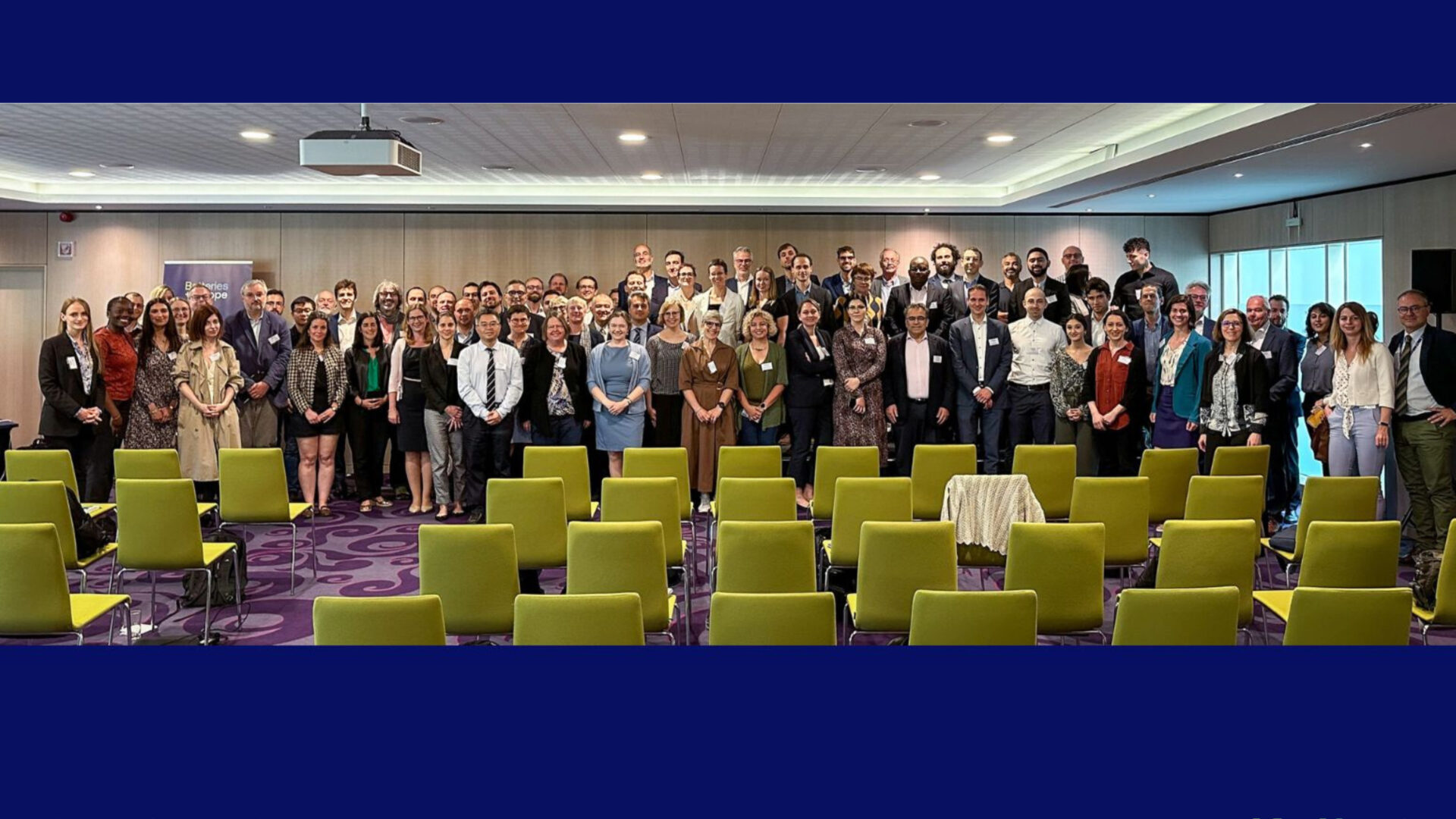03 October 2023:
On 14th September 2023, MEPs adopted their position on the Critical Raw Materials Act (CRMA), adopting draft legislation by 515 votes to 34, with 28 abstentions. The Council had adopted its position on 30th June 2023. Trilogues (negotiations between the Parliament and Council, supervised by the Commission) will now follow until a common text can be agreed on, with the Parliament aiming to conclude these by the end of 2023.
At the end of July, FBE published an updated brief on the CRMA proposal exclusively for members, setting out the key elements of the proposal and how it relates to flow battery stakeholders. The updated brief outlines the key elements of the Commission’s proposal, including how critical raw materials identified as relevant for flow batteries are categorised under the CRMA. The brief can be accessed in the ‘library’ section of our Members Area.
But what are the main changes made by the Parliament and the Council to the Commission’s original proposal? Find out below:
The Commission’s CRMA proposal sets various targets for the EU by 2030 relating to strategic raw materials:
- EU extraction capacity: the EU’s extraction capacity is able extract the ores, minerals, or concentrates needed to produce at least 10% of the EU’s annual consumption of strategic raw materials, to the extent that EU reserves allow for this.
- The Parliament and Council both maintained the 10% target for EU extraction capacity.
- The Parliament and Council both maintained the 10% target for EU extraction capacity.
- EU processing capacity: EU processing capacity, including for all intermediate processing steps, is able to produce at least 40% of the EU’s annual consumption of strategic raw materials.
- The Parliament and Council both suggested raising the target to 50%.
- The Parliament and Council both suggested raising the target to 50%.
- EU recycling capacity: EU recycling capacity is able to produce at least 15% of the EU’s annual consumption of strategic raw materials.
- The Parliament changed the recycling capacity target. They replaced the 15% target, with a goal for a 10% increase in volume of recycling capacity based on the 2020-2022 baseline for each strategic raw material to, at least collect, sort and process 45% of each strategic raw material contained in the EU’s waste.
- The Council want to raise the recycling capacity target to 20%.
- Diversification of imports: ensure that no third country provides more than 65% of the EU’s annual consumption.
- The Parliament and Council both maintain the 65% maximum target.
The Parliament has also suggested adding aluminium to the list of strategic raw materials found in Annex I. The Council further recommends adding bauxite and alumina to this list. The Parliament further adopted amendments to introduce a new article mandating the Commission to submit to the Parliament and the Council a list of strategic secondary raw materials, within 6 months of the adoption of the proposed regulation.
Other changes included more regular review of the lists of strategic and critical raw materials. The Parliament voted to require the Commission to review the lists of strategic raw materials and critical raw materials every 2 years (instead of the Commission’s proposal of every 4 years). The Council would require these lists to be reviewed every 3 years.
FBE will continue to follow the development of the CRMA as it reaches its final stages. It is crucial that there is reliable and sustainable access to critical raw materials in the EU such as those used in flow batteries, so that the EU can stay on track to meet its ambitious climate goals.






